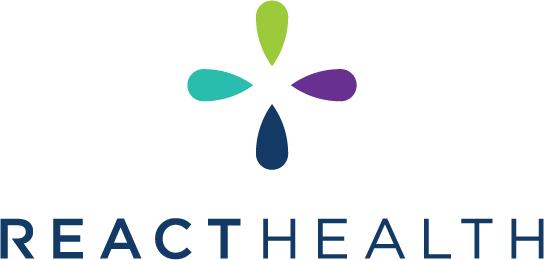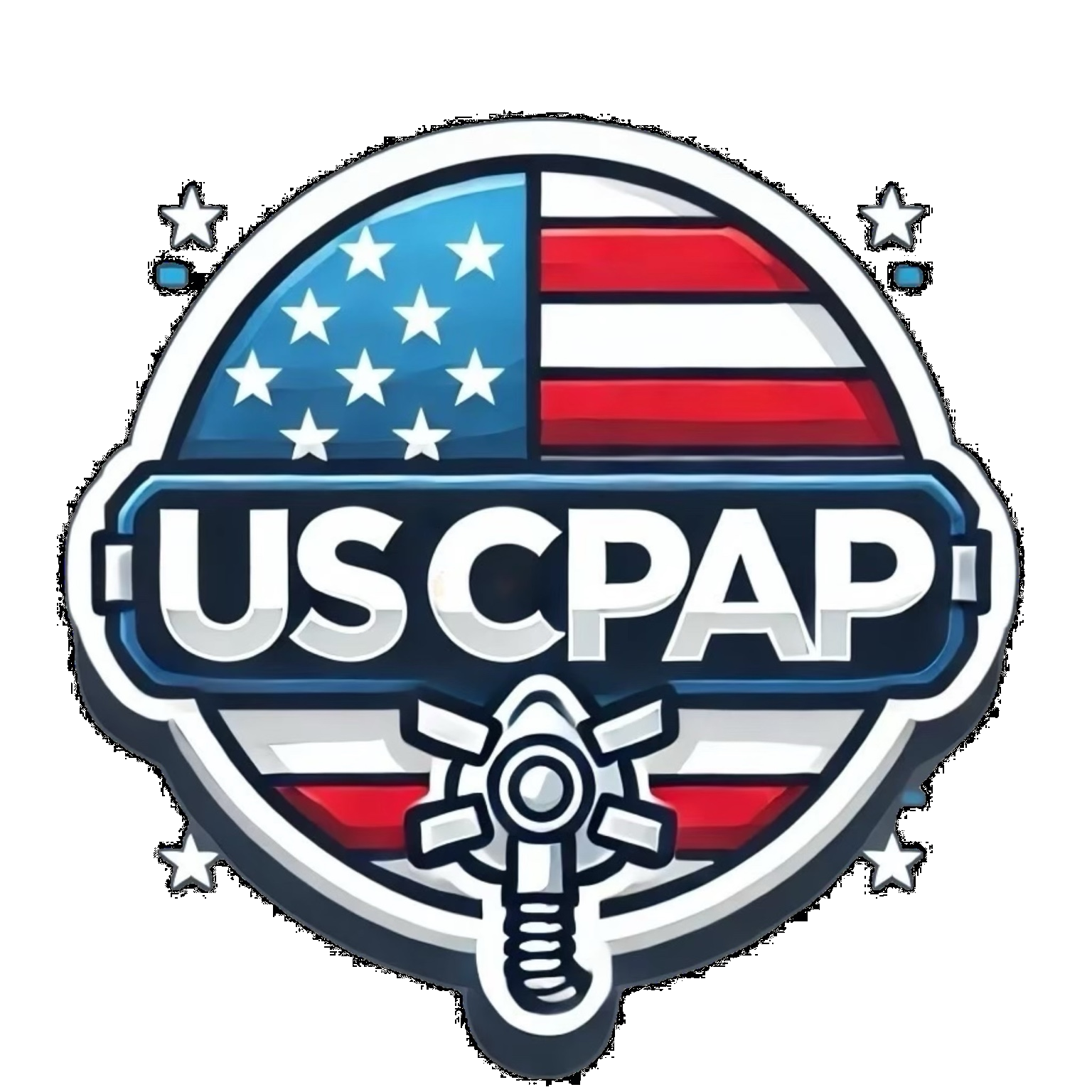The Military Sleep Method: Does It Really Help You Fall Asleep in Two Minutes?
Sleep struggles affect millions worldwide, with about 15% of adults in the U.S. experiencing difficulties with sleep onset — the ability to drift off soon after getting into bed. In a society where restful sleep is becoming increasingly elusive, methods like the Military Sleep Method are gaining popularity. This routine claims that, with enough practice, you can fall asleep within two minutes. But is there science behind this technique, and does it truly work for everyone? This comprehensive guide explores the ins and outs of the military sleep method, its underlying techniques, and whether it’s the miracle solution to sleeplessness that it claims to be.
What Is the Military Sleep Method?
The military sleep method, as it’s popularly known, is a series of relaxation and mental techniques intended to induce sleep within two minutes. Originally developed as a way for military personnel — especially fighter pilots and those in high-stress environments — to quickly fall asleep, the method emphasizes progressive muscle relaxation, deep breathing, and visualization. Though no scientific research has validated this method as a cure-all for sleep issues, these relaxation techniques have individually been shown to ease anxiety and improve relaxation, which could benefit sleep.
Origins and Purpose
The military sleep method is believed to have emerged during World War II as a practical way for soldiers to ensure they got enough rest under unpredictable and high-stakes conditions. Reports suggest it was used by the U.S. Navy and Air Force to combat fatigue among pilots. Whether or not it is still officially part of military training today remains unclear, but its popularity has recently resurged due to claims that it can help civilians struggling with insomnia and other sleep-related issues.
Step-by-Step Guide to the Military Sleep Method
The military sleep method consists of three main steps. Let’s go through each in detail:
1. Progressive Muscle Relaxation (PMR)
What It Is: Progressive muscle relaxation is a technique in which you sequentially tense and release different muscle groups in your body, moving from head to toe. The idea is to focus on releasing tension that may be unconsciously held in various parts of your body, allowing for complete relaxation.
How to Do It:
- Lie on Your Back: Find a comfortable position on your back and close your eyes.
- Start at Your Head: Begin by focusing on your forehead. Release any tightness you feel, letting it “melt away.” Relax your face, unclench your jaw, and loosen any tightness in your neck and shoulders.
- Move Downward: After the face and head, gradually move down your body. Focus on relaxing each muscle group — your shoulders, arms, chest, abdomen, legs, and feet.
- Breathe Deeply: Take a few deep breaths as you release each muscle, focusing on the sensation of relaxation.
Why It Works: PMR can reduce physical stress, which is often a barrier to sleep. Studies show that PMR is particularly effective in lowering heart rate, reducing muscle tension, and promoting a calm, restful state conducive to sleep.
2. Deep Breathing
What It Is: Deep breathing, also known as diaphragmatic or belly breathing, involves inhaling deeply through your nose and exhaling fully through your mouth. This can have a calming effect, allowing the body to shift from a state of alertness to relaxation.
How to Do It:
- Inhale Deeply: Take a slow, deep breath in through your nose, letting your belly rise rather than your chest. Aim to fill your lungs completely.
- Hold: Pause for a brief moment, holding the breath for a couple of seconds.
- Exhale Slowly: Let out the breath through your mouth, ensuring your exhale lasts longer than your inhale.
- Repeat: Continue deep breathing for a few minutes or until you feel calmer and more centered.
Why It Works: Deep breathing activates the parasympathetic nervous system, which helps to lower your heart rate, decrease blood pressure, and induce relaxation. It can also improve oxygenation and reduce racing thoughts, a common obstacle to falling asleep.
3. Visualization
What It Is: Visualization, or guided imagery, involves mentally transporting yourself to a calming environment or “happy place.” This helps to distract from anxious or repetitive thoughts that might otherwise keep you awake.
How to Do It:
- Imagine a Peaceful Place: Think of a setting that brings you peace, such as a quiet beach, a serene forest, or a gentle river.
- Engage Your Senses: Picture yourself in that place. Imagine the sounds, sights, smells, and sensations you would experience.
- Stay Focused: If your mind wanders, gently bring it back to the visualization. Allow yourself to become absorbed in the mental imagery.
Why It Works: Visualization has been shown to help with stress reduction and focus. By imagining a tranquil setting, you can calm the mind and divert it from stressful thoughts that may otherwise keep you awake.
Science Behind the Military Sleep Method Techniques
Each technique in the military sleep method has a basis in established practices for relaxation and stress relief:
- Progressive Muscle Relaxation: PMR is commonly used to treat insomnia and anxiety disorders. Studies show it can significantly reduce arousal levels and help transition the body into a state of restfulness.
- Deep Breathing: Diaphragmatic breathing has been extensively studied for its calming effects on the nervous system, particularly in managing stress and anxiety.
- Visualization: Guided imagery and visualization techniques are known to activate the brain’s “relaxation response,” which is the opposite of the “fight-or-flight” response.
Does the Military Sleep Method Really Work?
While the method itself has not been studied in a clinical setting, the individual techniques it incorporates are backed by research for their ability to induce relaxation. However, whether they can consistently lead to sleep within two minutes is more doubtful.
Factors That May Impact Effectiveness
- Practice and Patience: Like many relaxation methods, the military sleep method may require consistent practice to achieve maximum effectiveness.
- Sleep Environment: The method may work better if performed in a conducive sleep environment. Keeping your room cool, dark, and quiet can enhance the relaxation process.
- Personal Variables: People who are chronically sleep-deprived or have specific sleep disorders (like sleep apnea) may find it more challenging to fall asleep quickly using these techniques alone.
Potential Downsides and Limitations
While the military sleep method has potential benefits, there are limitations to be aware of:
- Unrealistic Expectations: The two-minute claim can create pressure, making people feel like they’re failing if they don’t fall asleep quickly. This can lead to frustration and make sleep even harder to achieve.
- Performance Anxiety (Orthosomnia): Focusing too intensely on trying to fall asleep quickly can create “orthosomnia,” where people become preoccupied with sleep quality and time to fall asleep.
- Lack of Scientific Evidence: While relaxation techniques are helpful, there is no research to confirm that this specific sequence will put anyone to sleep within a specific time frame.
Tips for Maximizing the Military Sleep Method
If you want to give the military sleep method a try, consider these tips to improve your chances of success:
- Practice Patience: It may take several weeks of consistent practice before you notice significant results.
- Optimize Your Sleep Environment: Dim the lights, remove electronic devices, and keep the room cool.
- Adopt a Nightly Routine: A pre-sleep routine can help signal your brain that it’s time to wind down.
- Avoid Caffeine and Alcohol: Consuming these substances before bed can disrupt your sleep cycle and make it harder to fall asleep.
Alternatives and Additions to the Military Sleep Method
While the military sleep method can be effective for some, it’s not the only approach to promoting restful sleep. Here are some additional techniques that have shown promise:
- Sleep Hygiene: Establishing good sleep hygiene — like maintaining a regular sleep schedule and avoiding screens before bed — is one of the most effective ways to improve sleep quality.
- Mindfulness Meditation: Meditation has been shown to improve sleep by calming the mind and reducing stress levels.
- Cognitive Behavioral Therapy for Insomnia (CBT-I): CBT-I is a structured program that targets the thoughts and behaviors contributing to insomnia, making it one of the most effective long-term treatments for sleep difficulties.
- Sleep-Friendly Nutrition: Eating foods rich in tryptophan (such as turkey, nuts, and seeds) or magnesium (found in leafy greens and bananas) may support better sleep quality.
Final Thoughts on the Military Sleep Method
The military sleep method incorporates several relaxation techniques that can certainly benefit anyone looking to fall asleep faster, but the claim that it can put you to sleep within two minutes may not hold true for everyone. Factors such as your physical state, sleep environment, and mental readiness can influence its effectiveness.
At its core, the military sleep method promotes a healthier, more mindful approach to sleep — one that encourages relaxation and focus rather than frustration. By using muscle relaxation, deep breathing, and visualization, you can set the stage for more restful sleep, even if it doesn’t happen in a matter of minutes.
Bibliography:
- Centers for Disease Control and Prevention. (n.d.). Sleep and Sleep Disorders. Retrieved from CDC.gov
- American Psychological Association. (n.d.). Relaxation Techniques: Muscle Relaxation and Visualization for Stress Reduction. Retrieved from APA.org
- Tiani, A. (2024). Sleep Psychology Insights on Popular Sleep Techniques. Journal of Behavioral Sleep Medicine.
- National Sleep Foundation. (n.d.). Sleep Health and Relaxation Techniques. Retrieved from SleepFoundation.org
- Harvard Health Publishing. (2023). Understanding the Relaxation Response. Retrieved from Harvard.edu








Leave a comment
This site is protected by hCaptcha and the hCaptcha Privacy Policy and Terms of Service apply.